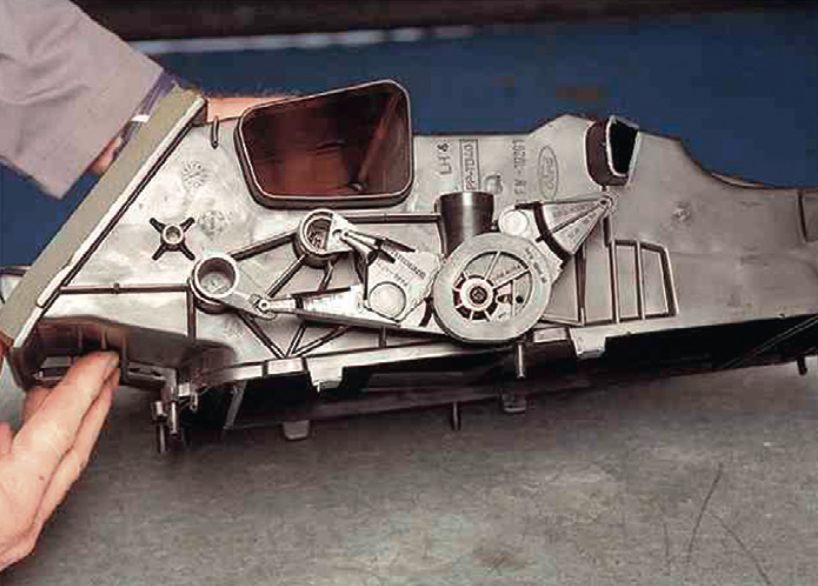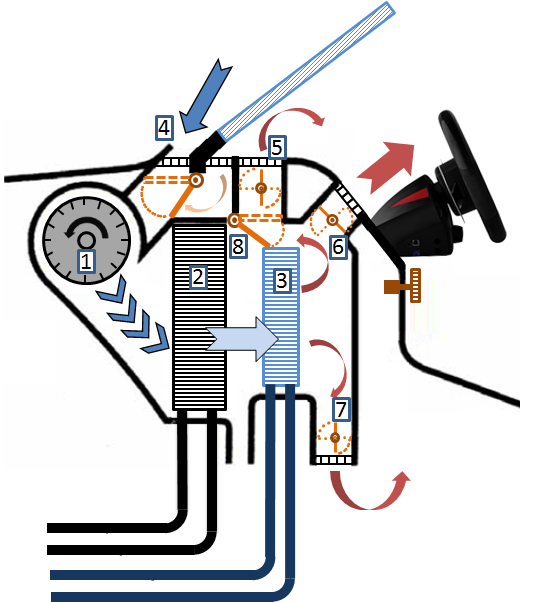Heater control with flaps is a common method used in HVAC (heating, ventilation, and air conditioning) systems to regulate the flow of hot air to different areas of a building. The system works by using a series of flaps or dampers that are located within the ductwork of the HVAC system. These flaps can be opened or closed to control the flow of air and direct it to specific areas of the building. In this blog, we will discuss the basic principles of heater control with flaps and how it works.
Principles of Heater Control with Flaps
The basic principle behind heater control with flaps is to regulate the flow of hot air to different areas of a building. This is done by controlling the position of the flaps, which can be either open or closed. When the flaps are open, hot air is allowed to flow freely through the ductwork and into the desired area of the building. When the flaps are closed, the hot air is redirected to another area of the building or blocked entirely.

The control system for the flaps can be either manual or automated. In a manual system, the position of the flaps is adjusted manually by a person, usually through a control panel or lever. In an automated system, the position of the flaps is controlled by a computer or thermostat that regulates the temperature in different areas of the building. Automated systems can be programmed to adjust the position of the flaps based on the time of day or the occupancy of different areas of the building.
How Heater Control with Flaps Works
The process of heater control with flaps begins with the generation of hot air in a furnace or other heating device. This hot air is then directed into the ductwork of the HVAC system, which is equipped with a series of flaps or dampers. These flaps can be opened or closed to control the flow of hot air to different areas of the building.
In a manual system, the position of the flaps is adjusted by a person who is responsible for monitoring the temperature in different areas of the building. The person may use a control panel or lever to adjust the position of the flaps, depending on the needs of the occupants. For example, if a particular area of the building is too cold, the person may open the flaps to allow more hot air to flow into that area.
In an automated system, the position of the flaps is controlled by a computer or thermostat.










